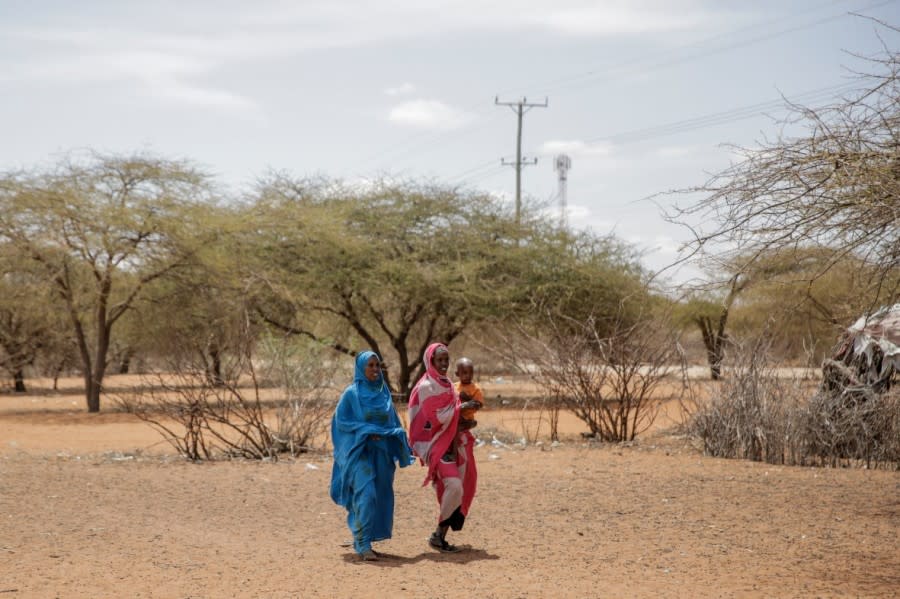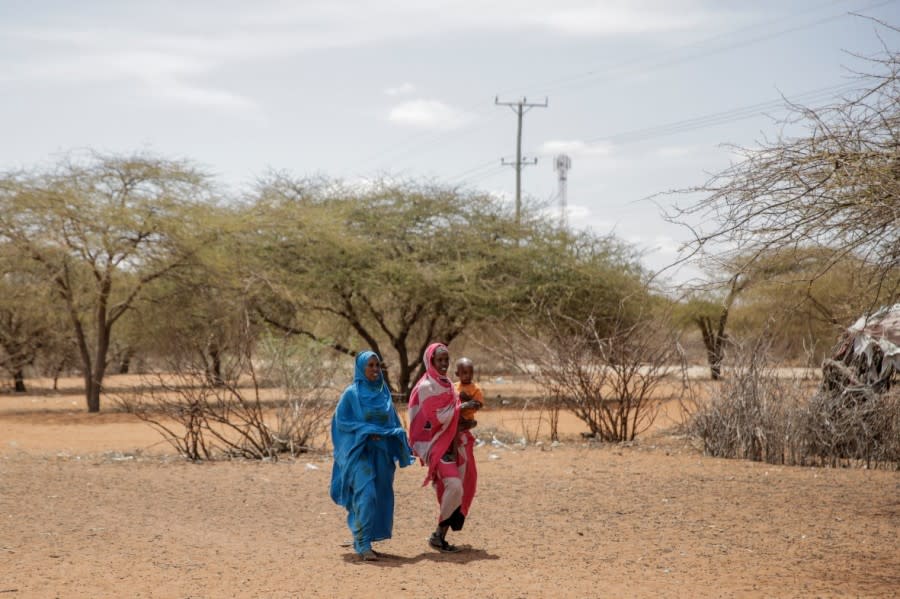
Children in two vast regions of Africa could die in devastating numbers due to the compounding effects of malnutrition and waterborne illnesses, the United Nations’s International Children’s Emergency Fund (UNICEF) warned on Tuesday.
The children at particular risk are those who live in the Horn of Africa — Ethiopia, Kenya and Somalia — and several countries in the semi-arid Sahel region, including Burkina Faso, Chad, Mali, Niger and Nigeria, according to the agency.
UNICEF issued the warning in conjunction with the first day of World Water Week — organized annually by the Stockholm International Water Institute — which began on the same morning.
“History shows that when high levels of severe acute malnutrition in children combine with deadly outbreaks of diseases like cholera or diarrhea, child mortality rises dramatically – and tragically,” UNICEF Executive Director Catherine Russell said in a statement.
“When water either isn’t available or is unsafe, the risks to children multiply exponentially,” Russell continued. “Across the Horn of Africa and the Sahel, millions of children are just one disease away from catastrophe.”
More than 2.8 million children across these two regions are already enduring acute malnutrition, meaning that they are at up to 11 times greater risk of dying from waterborne illnesses than their well-nourished peers, according to UNICEF.
The number of people impacted by drought in Ethiopia, Kenya and Somalia who lack reliable access to safe water surged from 9.5 million in February to 16.2 million in July, the agency reported.
Most inhabitants of the Horn of Africa depend on water delivered by vendors, via trucks or donkey carts, the agency said. In those areas worst affected by drought, water is now no longer affordable.
Twenty-three counties in Kenya alone have seen significant price hikes, including a 400-percent jump in one county and a 260 percent rise in another, in comparison to January 2021 prices, UNICEF reported.
In Ethiopia, the cost of water in June doubled in one regional state and rose by 50 percent in another, compared to the onset of the drought in October 2021.
Average water prices in Somalia, meanwhile, surged by 85 percent, 55 percent and 75 percent in three administrative regions, relative to prices in January of this year, according to UNICEF.
Outbreaks of acute watery diarrhea have been reported in nearly all drought-affected districts of Somalia, with 8,200 cases logged between January and June — more than double the number during the same period last year, the agency said.
Almost two-thirds of the cases involve children under the age of 5, according to UNICEF.
The Sahel region is also in dire straits. Water availability dropped by more than 40 percent in the past 20 years due to the combined effects of climate change and conflict, the agency said.
In Burkina Faso, Chad, Mali, Niger and Nigeria, 40 million children are facing high to extremely high levels of water vulnerability. More children die in the Sahel due to unsafe water and sanitation conditions than in any other part of the world, UNICEF reported, citing data from the World Health Organization.
Just last year, West and Central Africa suffered the region’s worst cholera outbreak in the past six years, with 5,610 cases and 170 deaths occurring in the Central Sahel.
“Imagine having to choose between buying bread or buying water for a hungry, thirsty child who is already sick, or between watching your child suffer from extreme thirst or letting them drink contaminated water that can cause killer diseases,” Russell said.
“Families across drought-impacted regions are being forced into impossible choices,” she added.
For the latest news, weather, sports, and streaming video, head to The Hill.




